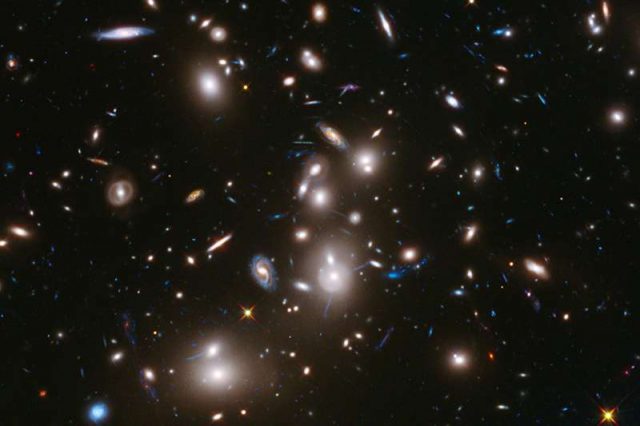MI weekly selection #308

Star formation topped out around 10B years ago
A comprehensive study of high-energy gamma rays suggests that star formation in the universe reached its highest rate about 10 billion years ago. Researchers examined 740 space objects that produce high-energy gamma rays using the Fermi Gamma-ray Space Telescope to chart star formation history throughout 90% of cosmic time.
Toothless fossil may offer clues to whale evolution
Fossil remains of a whale dating back 33 million years may help researchers better understand how whales evolved from having teeth to using baleen-facilitated feeding. Maiabalaena nesbittae did not have teeth, and scientists have not found evidence of baleen, either, so it could represent the toothless stage of whale evolution that researchers have so far been unable to document.
Nursing behavior observed among jumping spiders
A tiny jumping spider has been observed producing milk to feed her offspring much like mammals do. Toxeus magnus continues to nurse her young even after they start foraging on their own.
Olfactory bulb stimulation may lead to restoration of smelling ability
Stimulating the olfactory bulb in the brain can produce the sensation of smell and may one day contribute to the development of an implant that could give people with anosmia the ability to perceive scents.
New Zealand islands closer together since 2016 quake
New Zealand’s South Island has moved closer to the North Island since the magnitude 7.8 Kaikoura earthquake two years ago. Since the quake — which moved the South Island’s Marlborough coast over 6 meters higher in some places and over 2 meters lower in others — Cape Campbell on the South Island has slid about 35 centimeters closer to Wellington on the North Island.